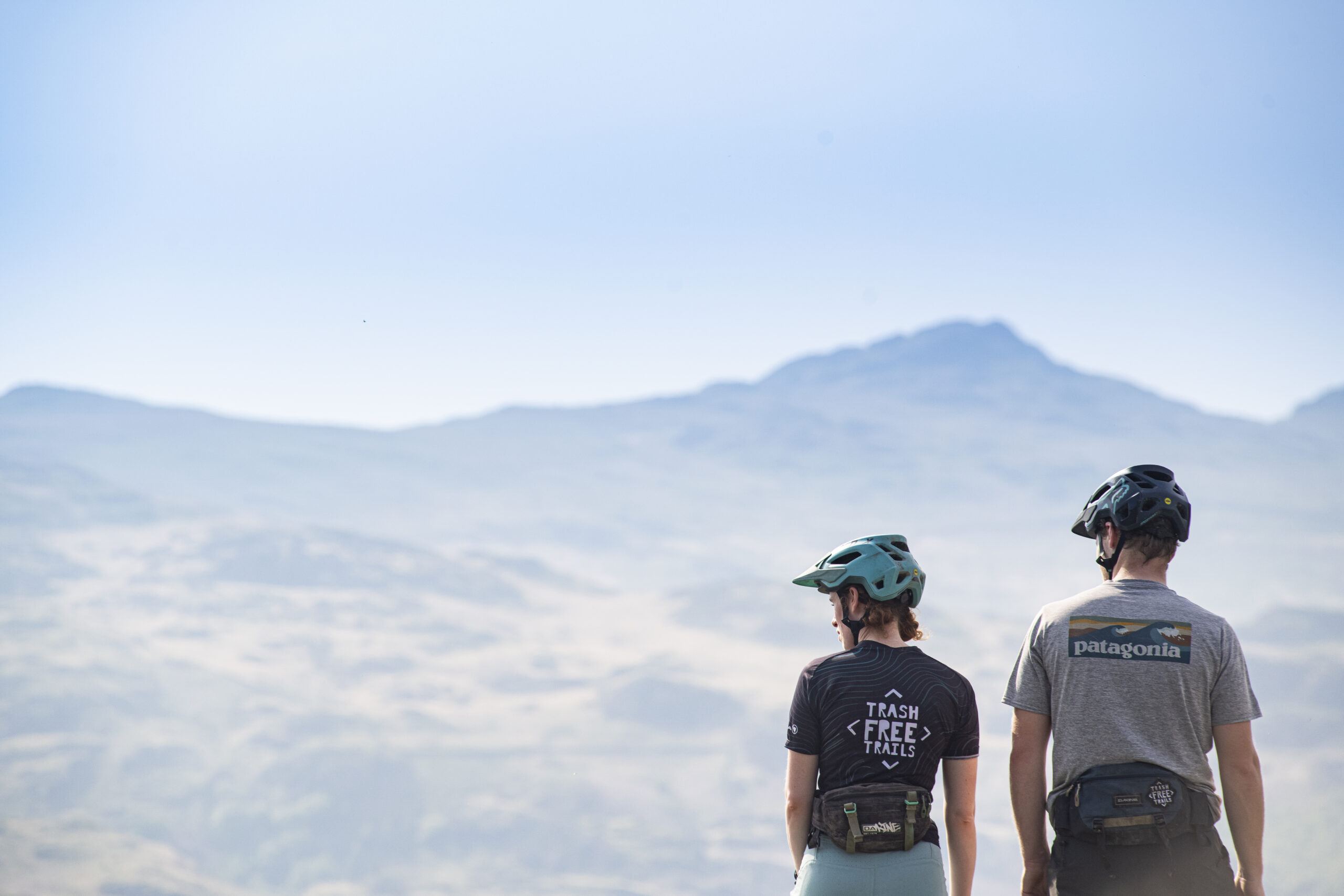Pete Scullion looks at some of the industrial scars that mark the ‘unspoiled beauty’ of England’s Lake District. But it’s not all bad… far from it.

Words & Photography Pete Scullion
For this latest Purposeful Adventure, I find myself undergoing the trial that is trying to access the Lake District on a sunny weekend. After sitting very impatiently behind the usual run of mid-’90s motorhomes, vintage cars, tractors and the like that back everything up, I find myself in the comparatively deserted valley of Dunnerdale. With Coniston to our east and Scafell Pike in the distance, there are bigger and shinier things drawing people in and we’re happy to have this place mostly to ourselves.

I’m here to meet Trash Free Trails A-Teamer Chloe Parker and Jake, her other half. On a previous trip to the Lakes, Chloe had brought me up to speed on how the Lake District has changed, somewhat wholesale, and how you can tell what was once there by the markers left behind. Sometimes this is tangible, other times not so. In order to further a nature connection, we are going to embark on a ride that forms a large figure of eight through Dunnerdale – a valley that has two very different sides.
Latest Singletrack Merch
Buying and wearing our sustainable merch is another great way to support Singletrack
High on the eastern flank is one of the many slate quarries that typify this part of the South Lakes, with the hill almost bereft of any trees of note. Any boundaries here are stone rather than hedgerows like on the valley floor. Carving its way up the hill is the ancient packhorse route of Walna Scar Road, used to transport wool over the hills back in the medieval period.
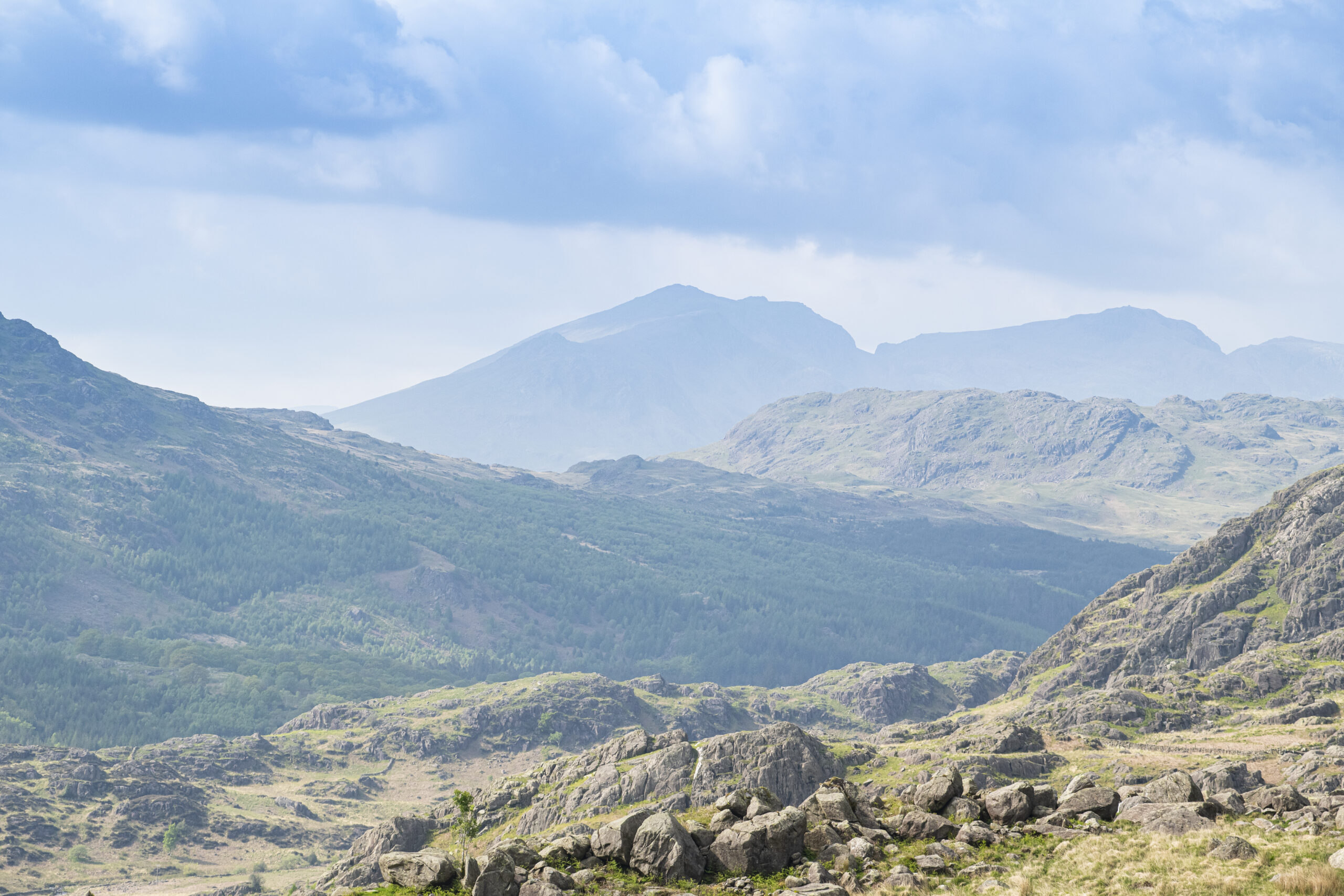
Across the far side of the Duddon Valley is what remains of the Lakes’ largest forestry plantation, which is now part of a Leeds University-led project to restore the forest to its former glory. The contrast in hillsides cannot be overstated. From what remains of the ancient oak forests in the valley, the hazel, rowan and birch are beginning to add a fresh lick of bright green to proceedings.
Blaming the Norse again
Much like Scottish and Welsh hills and valleys, lochs and lakes, much can be derived from a look at a map and taking the time to understand what the names offer that will give a deeper connection to the places we pass through. In this part of the world, the Norsemen truly left their mark. Almost all of the names we take for granted and rarely think about before uttering are corruptions of the original names given to places by Vikings.
Not only do some of the most famed warriors and traders of history give us names that directly link to what the land was once like, with Seathwaite coming from the Norse for ‘sedge clearing’, indicating a wet clearing, we can deduce the impact a given name would have. Ulpha comes from the Norse for wolf hill, or ‘hill frequented by wolves’. Given the importance of sheep farming to the area, it’s likely that the hill was not frequented by wolves for long once our white woolly friends were introduced. The absence of a keystone species like the wolf would likely have seen certain natural processes spiral into decline.
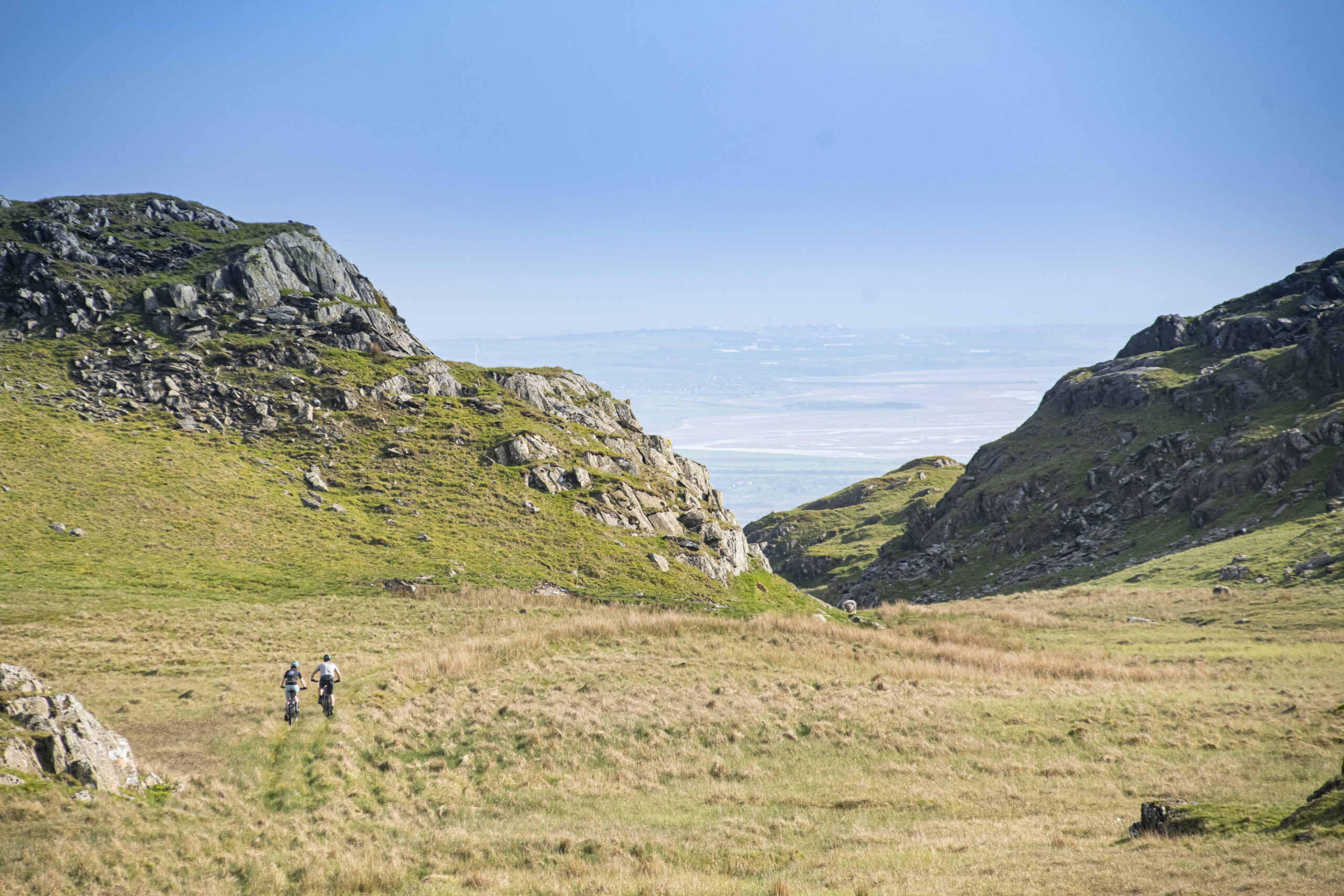
Wolves, where they do exist, are known for moving grazing animals, leading to less pressure on the vegetation, which is more sensitive in upland areas. Given that the hill sitting at the head of the Duddon Valley is Harter Fell, the ‘hill of the deer’, a lack of wolves would likely have led to both deer and sheep hammering the vegetation.
Large trees, especially oak, would have been prized for Viking shipbuilding too, so those trees that do remain to tower over us are likely a shadow of those that dominated this part of the Lakes at the turn of the first millennium.
Even before our wheels are turning, there are plenty of less obvious ways in which we can tell what the landscape would have looked like before humans made their mark here. Each passing of the generations has brought change and, under a hot sun, we set out to find out the more tangible aspects of what was, was is, and what will be.
Walna shire horse
I am soon reminded that Jake has the legs of a horse, a big one at that, as both Chloe and I struggle with the opening portion of the Walna Scar Road. My legs haven’t woken up from the drive and my brain isn’t quite navigating the medieval paving quite as well as I’d like. “Where’s the fire?”, I ask Chloe… She rolls her eyes as Jake vanishes over the horizon.
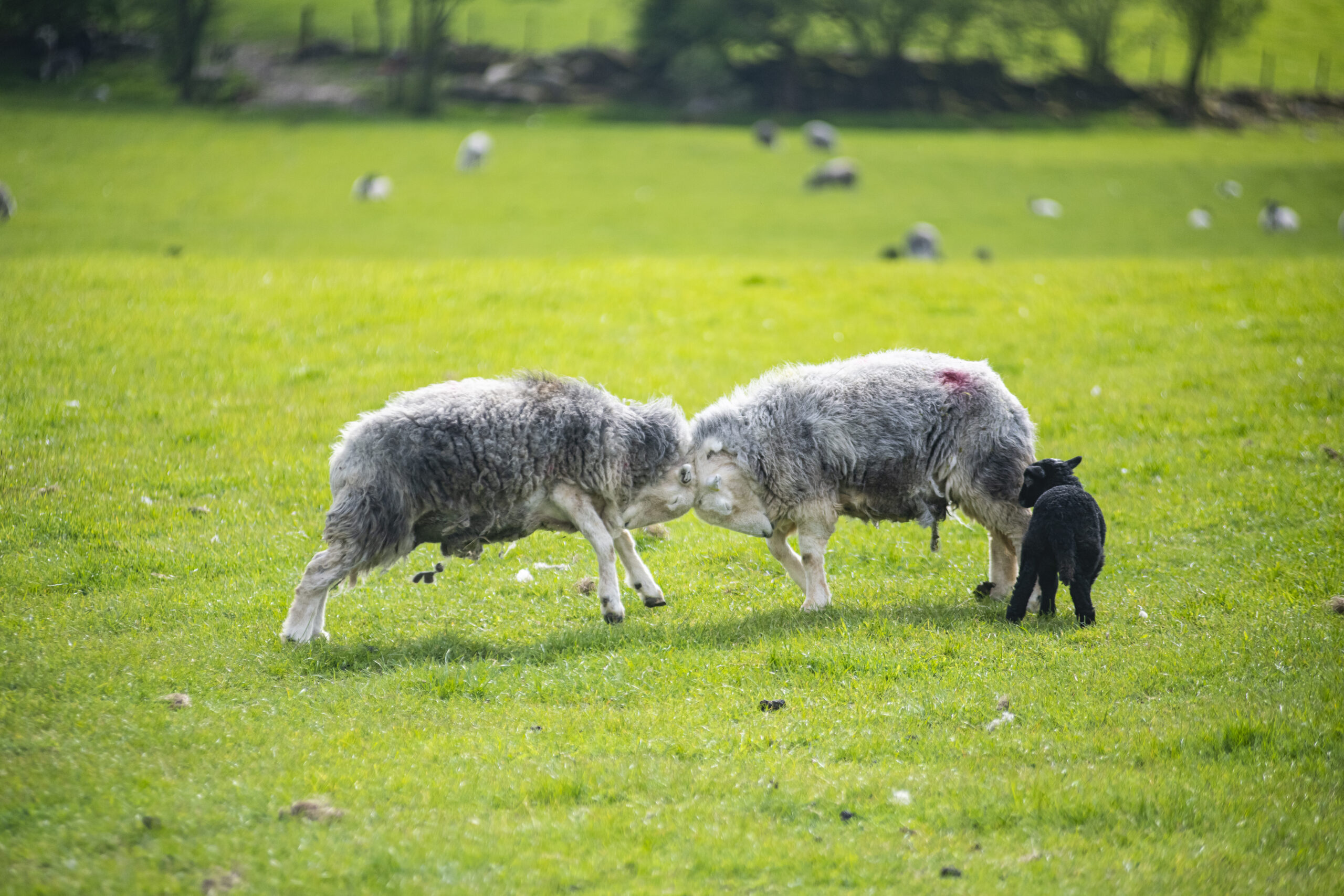
“Hear that?”, Chloe asks. “No, what?” “Exactly.” The barren flank of the Dunnerdale Fells shows little sign of life. Beyond the odd meadow pipit or a swooping raven, the fell here is fairly lifeless. “Just wait until we get into the woods on the other side…”, Chloe offers. While there’s nothing to suggest that this hillside would have been covered in trees, there really aren’t even shrubs to speak of on Dunnerdale’s eastern face. Sheep are king here and are probably the main reason for the lack of anything beyond short, clipped grass punctuated by Marram grass.
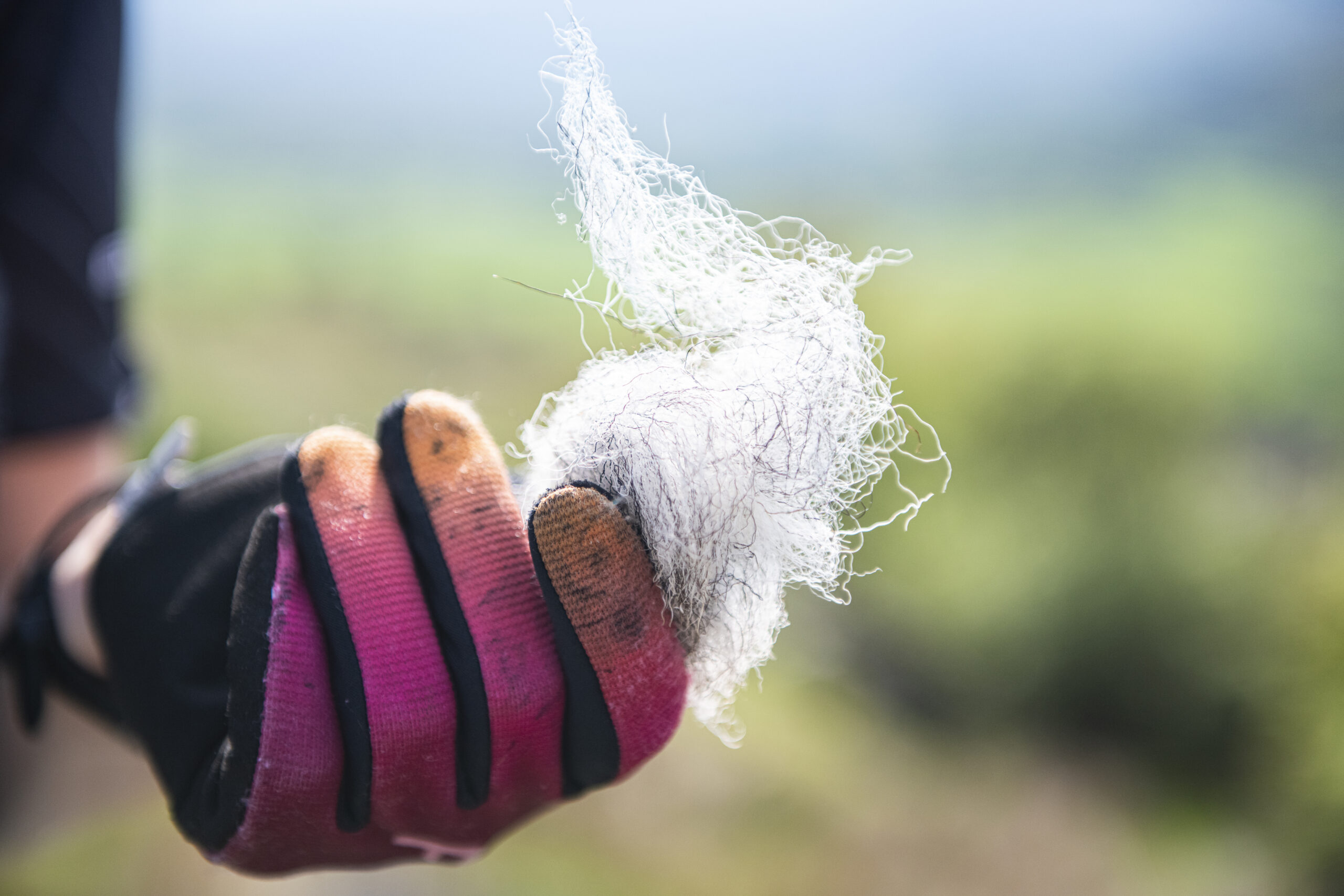
Sheep cannot be entirely to blame though – the medieval and later industries, while linked to wool, would have had a strong combined effect on the landscape and the lack of wildlife thereon. Charcoal was in high demand in the Duddon Valley, and while it was mostly coppiced, the bigger the industry got, the more pressure it would have put on this process. Oak bark was also in high demand for tannin used in leather production. Peat would have been cut and dried for fuel as wood went to the charcoal platforms for use in metal smelting and other industry where high heat was required.
In many places that were once wooded and then felled, bracken often takes over as both require deep soil for their root systems. Bracken, while often reviled for its ability to pass on ticks, was used to create potash that would be used in wool production to clean the raw material. All this pressure on the land would have, at some point, left the soil thin and washed clean of any real nutrients. A cycle that doesn’t often get fixed without some intervention.
We finally catch up with Jake, the fire has been dowsed… It’s here we swing south through the Walna Scar slate mine. While not as extensive as its neighbours on Coniston or further afield, this mine was famed for banded slate that made it a prized and popular flooring material. Interestingly enough, being well above the treeline and with most of the slate extracted from within the hill, the main effect the mine would have had on the surrounding landscape is from the tailings, which are visible from almost everywhere in the valley.
See the sea
With our route being ambitious enough we don’t hang about in the mine, even if the upper workings are a short hike away. It’s not long before we can see the sea again and another stark contrast lies ahead. Above the River Lickle lies two hillsides of the Dunnerdale Fells that show what likely was, and what is. On the eastern bank lies a well-established mixed native woodland. On the western, a barren hillside that’s more typical of the modern Lake District we know. And, much like the Lake District we know, the descent is rock-heavy, and we do our best to keep the wind in our wheels as we enjoy the first proper descent.
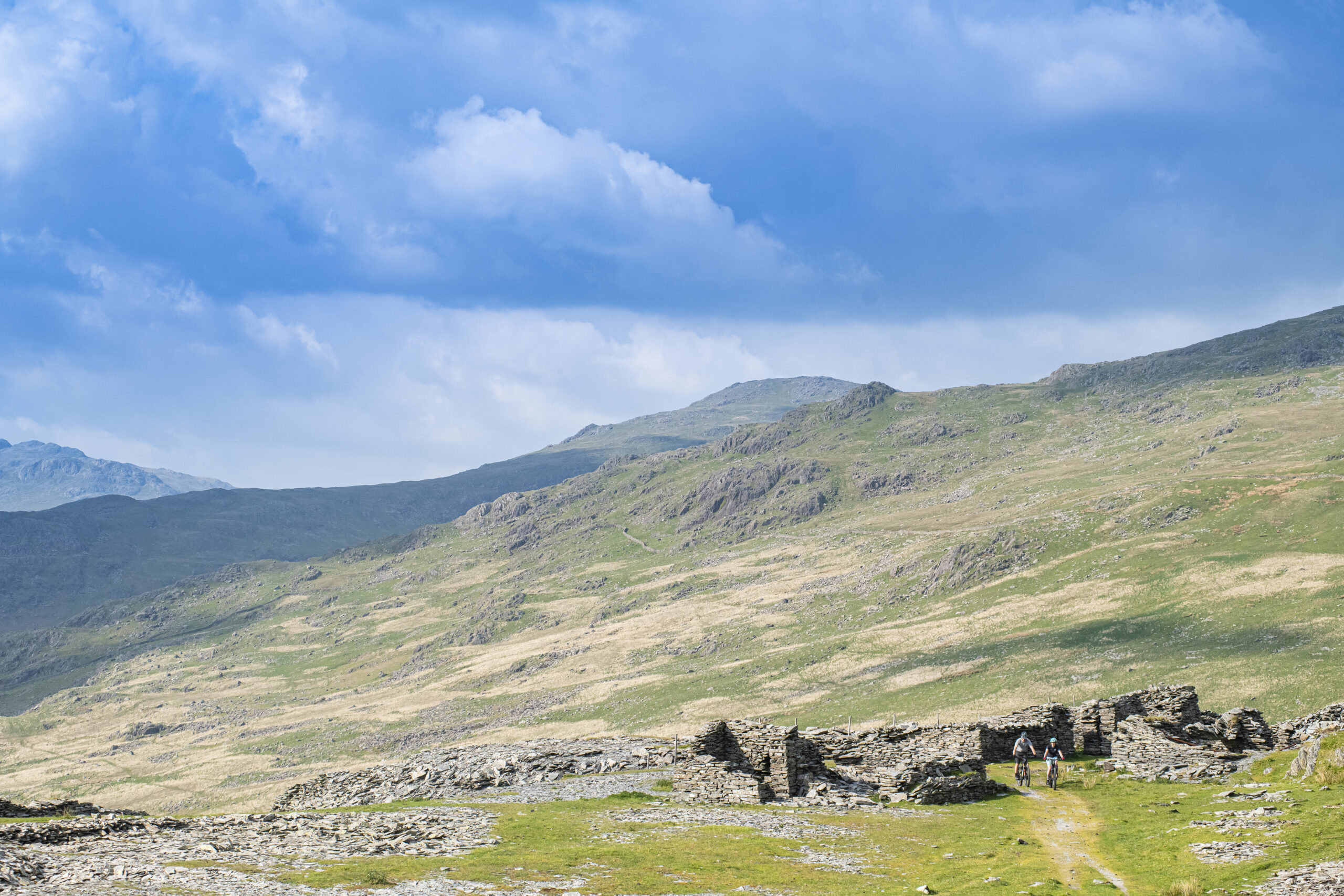
Short but very much welcome, it’s not long before we’re winching our way beneath Caw back towards Dunnerdale, the tall dry stone walls here hemming the right of way into a narrow strip before opening out as the pass approaches. Bracken here is king, but there’s little evidence of the potash kilns that would have made use of them.
Our route back to the valley floor is yet another classic Lakeland affair. This time considerably more modern in that it’s likely the access track to the aerials atop Brock Barrow, but it is still a wide, rock-strewn affair that requires deft riding over mostly unrideable terrain, but making it work anyway. The added complexity of a herd of cattle with young calves makes the going slower and somewhat trickier, even if the livestock are quite content with our passing.

Back on the tarmac once more, we make haste to the western side of the valley, the road here lined on both sides by tall oaks that must have seen more than a few winters. Their monumental canopies provide much welcome shade from the baking summer sun. With their lifespan that can cross the centuries, these oaks are likely the sprouts of acorns that broke through the soil when the last oak bark strippers left the valley.
We’ve been mightily lucky thus far to encounter little to no rubbish, but as we stop to watch the trout glide through the crystal-clear waters of the Duddon River, we encounter a still-smouldering disposable barbecue, complete with burnt rubbish. What a shame… We were doing so well. We dowse the fire that Jake must have been attending earlier, and the offending item is soon strapped to Chloe’s pack and we’re off. Job done.
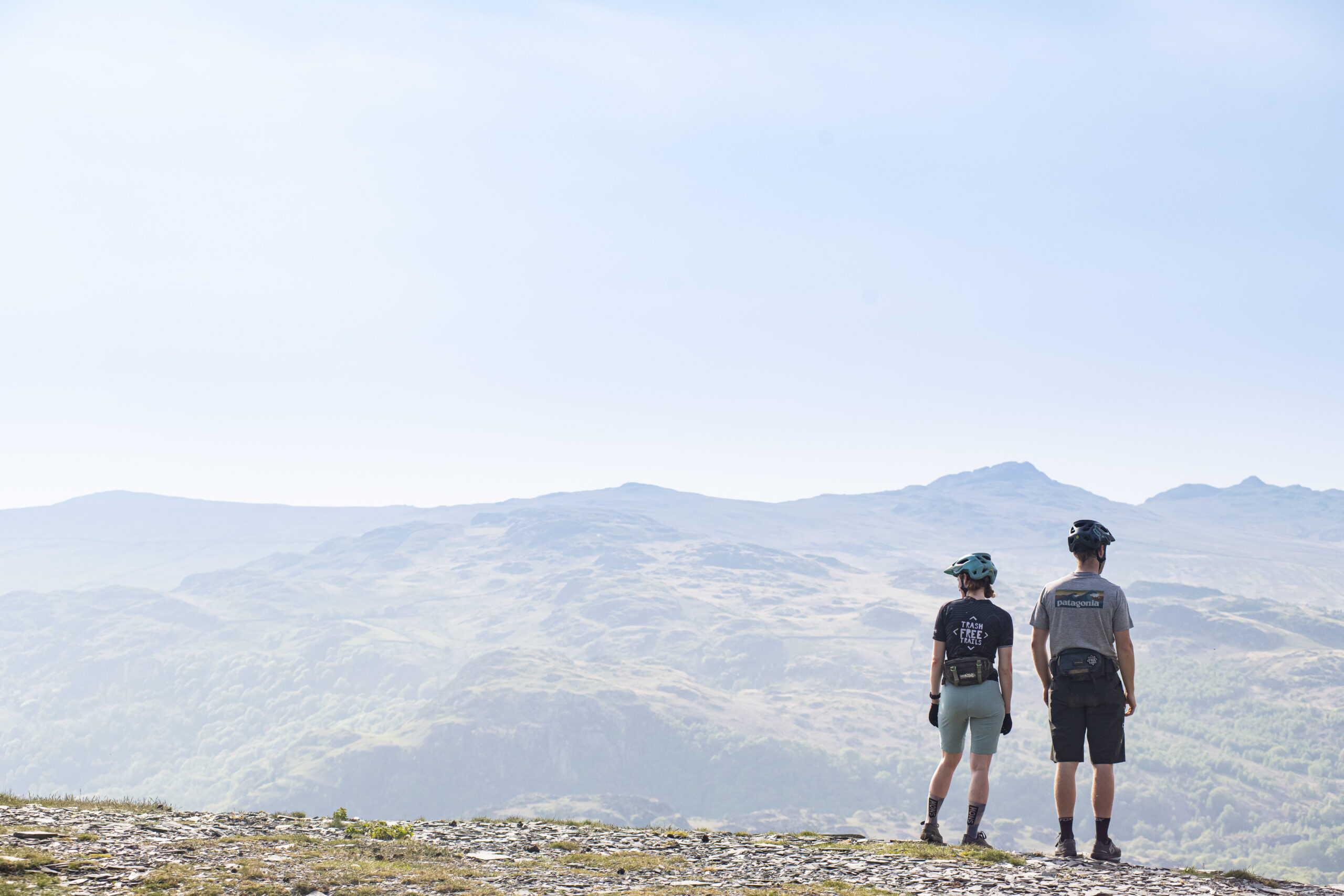
Deafened by birds, blinded by green
Once the largest plantation forest in the Lakes, this ancient forest is now being revitalised. Almost as soon as we’re off the road, the cacophony of birds returns. We can’t see them, but we know they’re there. Birch and hazel hug the crags above and, backlit by sunlight, the fresh green leaves almost look fake. Everywhere pioneer species of trees are taking hold and the dense Sitka that make up most of our plantations is being marginalised. Walna Scar looks extra bleak from here.
We wind our way down through the former clear-fell now with striking greens. Regrouping at the fire road, Chloe’s wide-eyed as she recounts a near miss with a weasel. We certainly wouldn’t have experienced that on the other side of the valley. Everywhere the wildlife is pinging hard – the contrast could not be more marked.
Picking up an old road through the farms high on the shoulder, the fields here are flanked by tall, unusually thick walls, and have large rock stacks in them. We can only assume this is to clear the land of rock to provide more grazing, much like they do in the Alps.
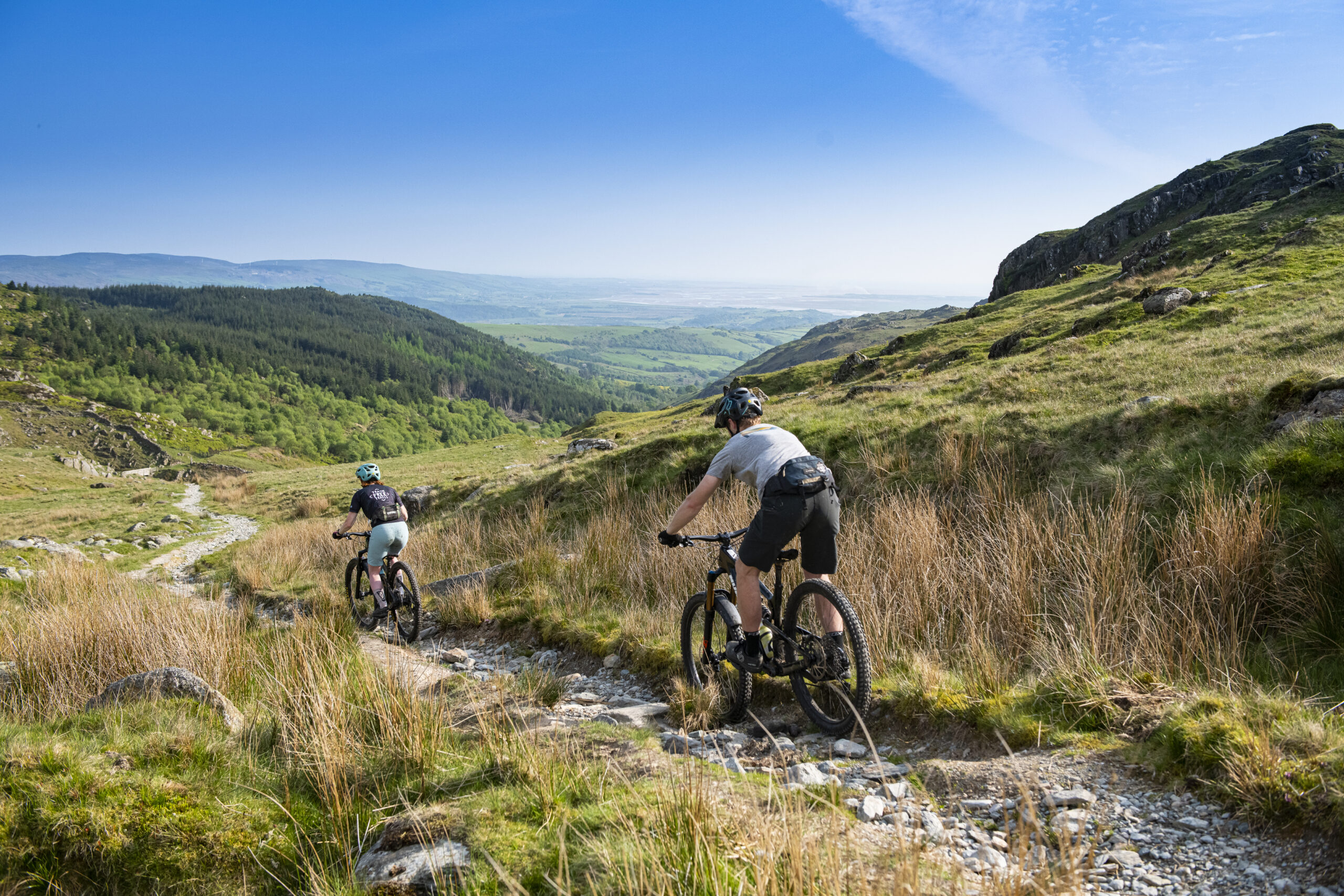
We’re treated to another cracking descent of true Lakeland form off the top here. Wide, fast and rocky, tired arms, legs and eyes struggle to find the best lines and there are plenty of tortured bike sounds coming from beneath us three. As soon as it started, the descent is done and we’re spat back onto the tarmac again with a welcome brief distance back to the van. Time for chips.
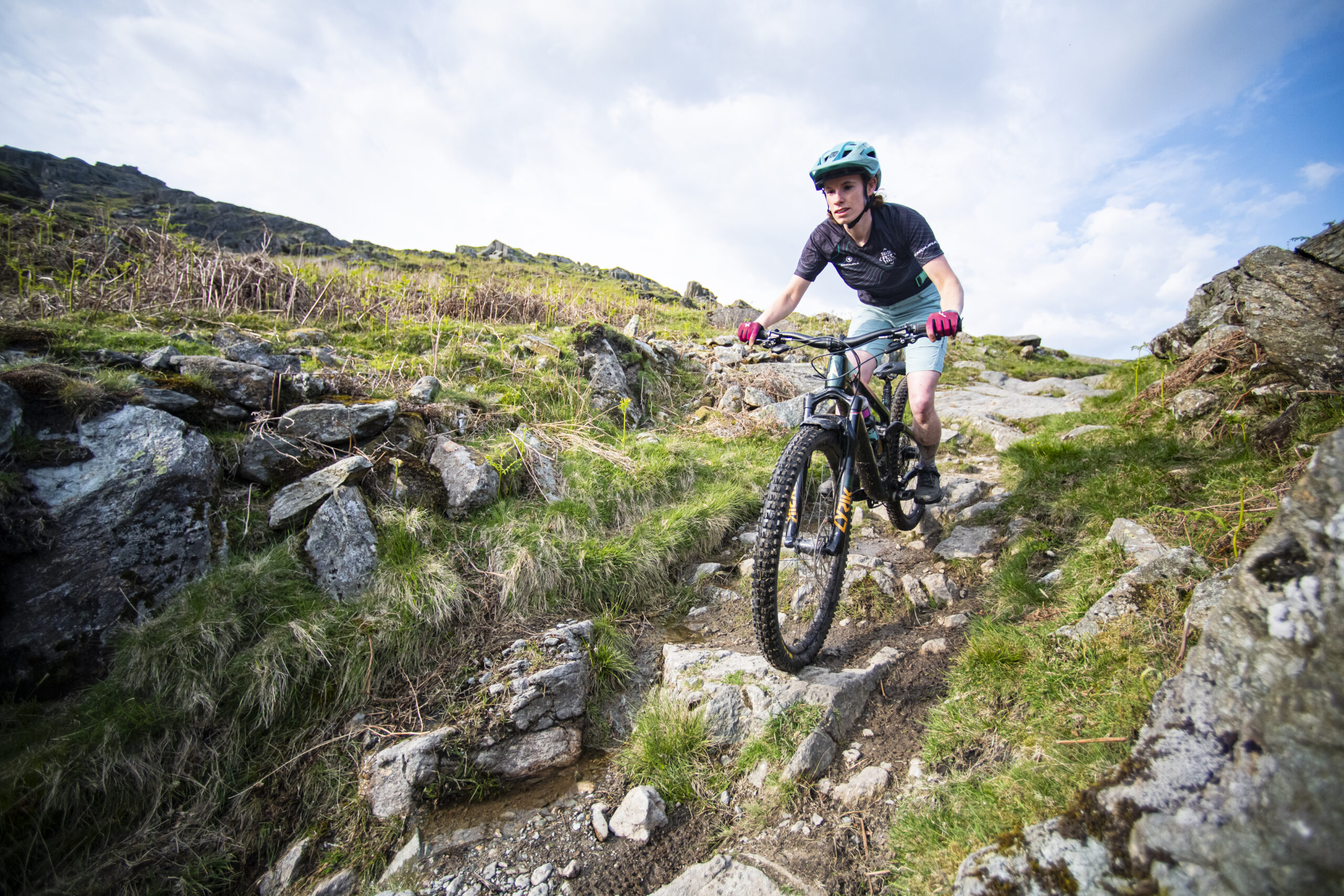
I for one have always held with quiet pride that, based on some deduction, I could spot what was and what is, but this ride with Chloe opened my eyes to how there’s often more than one thing at work that can create the end result. Industry essentially created what dominates much of the Lakes, and this particular corner especially. It’s also great to see what is known as an ancient forest in Dunnerdale is being restored to its former glory. Long may that continue.
What is a Purposeful Adventure?
What if our adventures not only sustained us and our connection to nature, but actually contributed towards a positive impact on the places we visit?
That’s why Trash Free Trails is encouraging you to embark on a purposeful adventure and embark on hands-on action to preserve and enhance the environment that nurtures you. That doesn’t mean your adventure should shun your personal enjoyment.
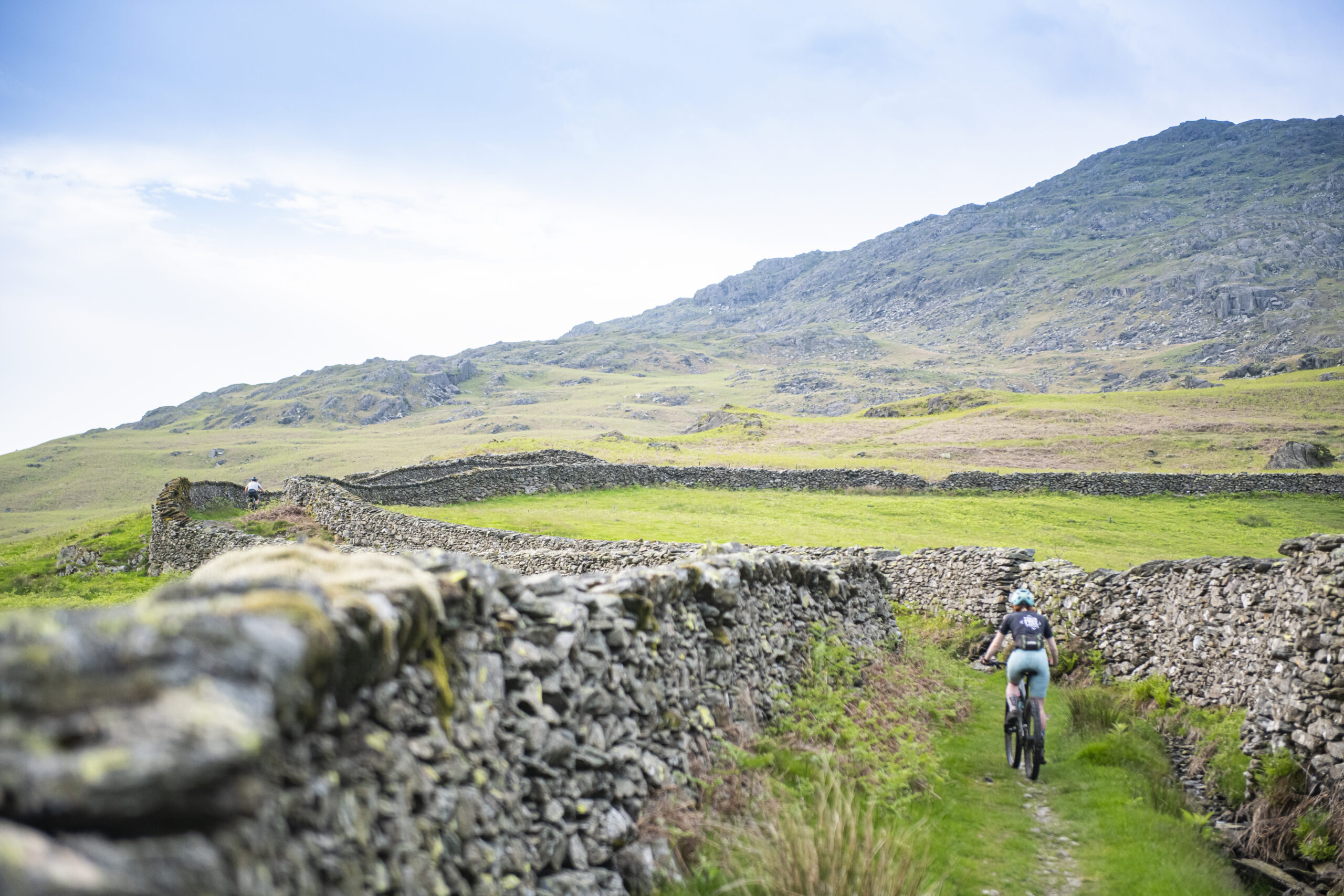
Choose something that motivates and excites you, but think about how you can make a positive impact at the same time. Trash Free Trails will always suggest a trail clean, but it absolutely doesn’t have to be limited to that. A purposeful adventure can be anything you want it to be.
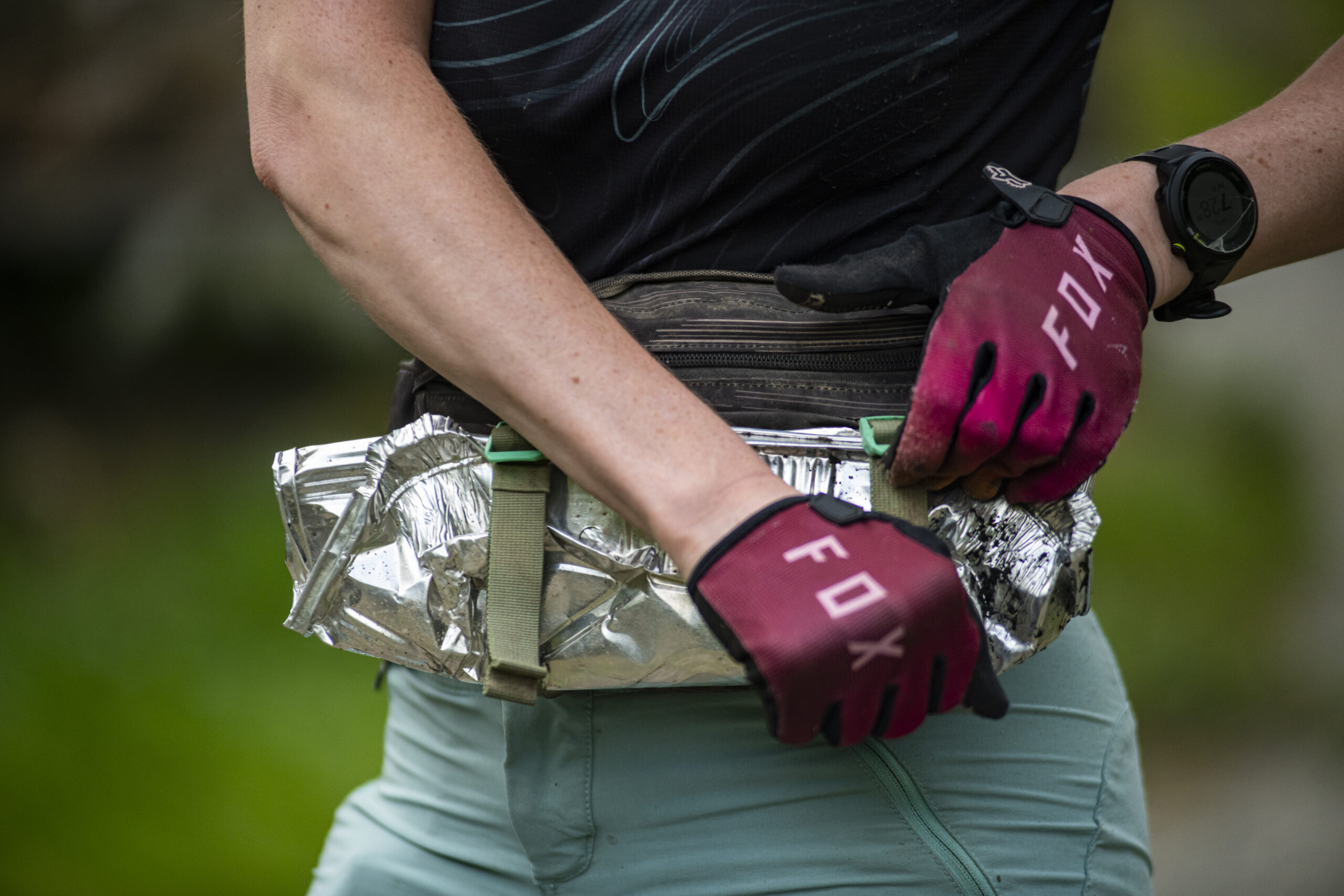
Who are the Trash Free Trails A-Team?
First up, they are riders, runners and roamers just like you. Second up, they are passionate about making a positive impact. They volunteer their time and effort – and more often than not go the extra mile – to represent their trails and the communities who love and use them.
They have pledged to donate their time, passion and talent to protect and promote their trails for everyone to enjoy and we couldn’t be more thankful.
If you’ve got an idea for a trail clean, would like some guidance or just want to find other TRASHMOB members in your area, take a look at the A-TEAM map on the Trash Free Trails website and get in touch with your local representative. They’ll love to have a natter.
Resort guides
Where will you ride next?→
